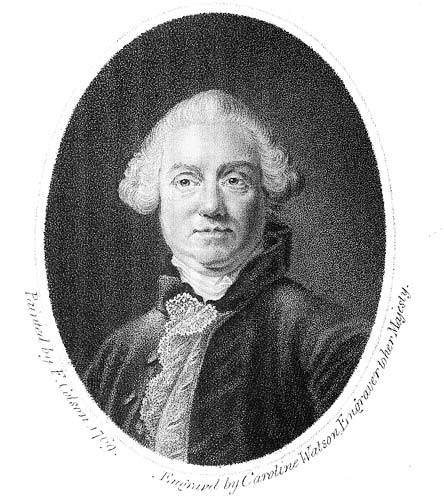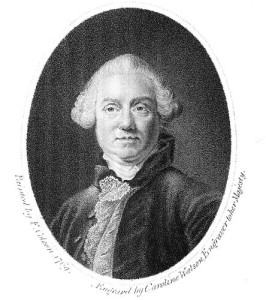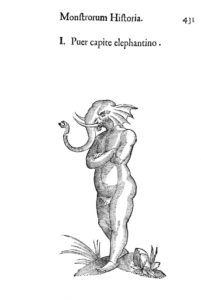
In January I went to see Mr Foote’s Other Leg, at the Theatre Royal Haymarket. Directed by Richard Eyre and written by Ian Kelly, the play is billed as follows,
In Georgian London no one is more famous than Samuel Foote. Satirist, impressionist and dangerous comedian, he has become a celebrity in a city and at a moment in time when the concept of selling personality was born. He even has the ear of the king.
Adored by many, despised by some, Foote finds himself at the sharp end of attacks from the press…and a surgeon’s knife. And in an age obsessed with fame, his colleagues from the worlds of science and the stage – from Benjamin Franklin to David Garrick – begin to wonder: does fame make you mad?

The play follows Samuel Foote, David Garrick, and ‘Peg’ Woffington as they strive to establish a theatre for comedy without breaching the Licensing Act. However, with increasing success and royal patronage comes tensions between the characters as David Garrick leaves to follow his own Shakespearean ideals. In a daring bet with Prince George and Garrick Foote falls from a horse while dressed as Othello and must have his leg amputated. From this point Foote’s sanity is increasingly under strain as he fights to use his own personality, and penchant for cross-dressing, to draw in customers, suffers the loss of his friend Pegg and comes under increasing scrutiny for satirising the power and elite of Georgian society.
The play is interlaced with scenes apt to please those of us interested in the history of medicine and the body. The play opens in the Hunterian museum with a search for Foote’s prosthetic leg and as we the play progresses John Hunter (Forbes Masson) and Benjamin Franklin (Colin Stinton) explain developing theories of the mind and electricity. These seem particularly relevant in the second half of the play as these ideas of the mind are formulated in contrast to Samuel Foote’s ever more unstable emotional state.
The first act culminates in the horse riding accident that necessitates the amputation of Foote’s leg. The scene is masterfully done as the characters narrate the process of the amputation and fret over Foote’s ability to recover. It is not for the faint hearted or squeamish and offers a vivid portrayal of the savage necessity of early modern surgery. The second act opens with a much depressed Foote lamenting the loss of his leg and surviving on ever strong opiates. To get back on the stage Foote uses crutches and then the false leg, giving us a sense of what it may have been like for someone in a relatively privileged position to deal with a disability of this kind at the time.
In the second half Pegg (Dervla Kirwan) then falls ill with a tumour in the womb and we see more of the medical understanding of the era. Culminating in Pegg’s moving dying scenes. The second half for me was lacking in comparison with the first. I increasingly felt a disconnect between Foote and the play that had come before. He became more ‘modern’ in my opinion and the play rather heavy handedly focused on issues that still resonate today – tensions over homosexuality and race. These were certainly issues relevant to the age and the play, but it did at times feel like they were there in order to pass comment on current debates and society.
It perhaps tried to cram a little too much in to one evening leaving elements, like Franklin’s discussions about the mind, under explained and not fully tied in. But the play was brilliantly acted and the sets were lavish and clever. Mr Foote’s Other Leg ran at the Theatre Royal Haymarket until the 23rd January 2016.




One thought on “Review: Mr Foote’s Other Leg”
Comments are closed.